
The chief medical officer at Mandos Health discussed new CNS 2025 data on adrabetadex in infantile-onset Niemann-Pick type C and the growing evidence of its potential disease-modifying impact.

The chief medical officer at Mandos Health discussed new CNS 2025 data on adrabetadex in infantile-onset Niemann-Pick type C and the growing evidence of its potential disease-modifying impact.

Experts shared their clinical perspectives on trending topics in the treatment and management of multiple sclerosis at the 54th Child Neurology Society (CNS) Annual Meeting, held October 8-11, 2025.
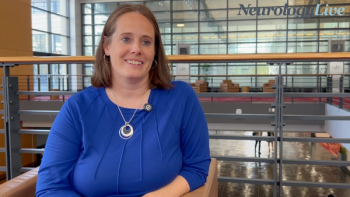
At CNS 2025, the associate professor of neurology and pediatrics at the University of Virginia discussed using educational model frameworks to prepare child neurology trainees for clinical practice. [WATCH TIME: 3 minutes]

James N. Brenton, MD, director of the Pediatric MS and Related Disorders Clinic at the University of Virginia, discussed how lifestyle modification and multidisciplinary care can support disease management in children with multiple sclerosis.
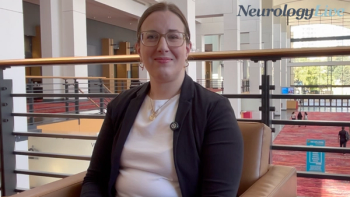
At CNS 2025, the program director of child neurology residency at Boston Children's Hospital discussed strategies to expose medical students to child neurology early in their clinical training. [WATCH TIME: 4 minutes]

New findings reveal early treatment with Trappsol Cyclo shows promise for young patients with Niemann-Pick disease type C1, enhancing safety and efficacy.

A recent review of studies over the past decade, presented at CNS 2025, suggests that the ketogenic diet can significantly reduce seizure frequency in children with drug-resistant epilepsy.

A new study reported that children and adolescents with Tourette syndrome on dopamine D2 receptor antagonists had higher rates of psychiatric and metabolic adverse events than those unexposed.
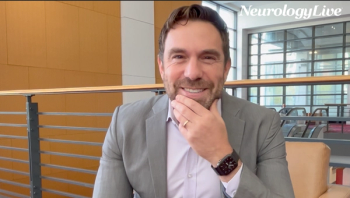
The associate professor of neurology and pediatrics at the University of California, San Francisco, discussed updated recommendations for continuous EEG use in neonates, highlighting risk stratification, and the growing importance of family involvement. [WATCH TIME: 3 minutes]
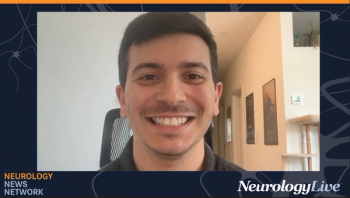
Neurology News Network. for the week ending October 18, 2025. [WATCH TIME: 4 minutes]

Anne O’Donnell-Luria, MD, PhD, a practicing clinical geneticist at Boston Children’s Hospital, sat down at CNS 2025 to discuss advances in genomic diagnostics, variant interpretation, and the expanding impact of neurogenetic discovery on clinical practice.

At the 2025 CNS Annual Meeting, Craig Press, MD, discussed tailoring neuroICU treatment for pediatric patients, advances in seizure management, and how multidisciplinary collaboration can improve outcomes.

Apitegromab, an invesigational muscle-targeting treatment, showed promising results in improving motor function among young patients with SMA in a phase 2 trial.
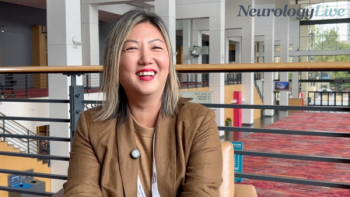
At CNS 2025, the child neurologist at Rady Children's Hospital-San Diego talked about the expanding role of genetics for diagnosis and treatment in pediatric neurology. [WATCH TIME: 5 minutes]

Trofinetide shows significant real-world improvements in Rett syndrome symptoms for pediatric and adult patients, enhancing communication and quality of life.
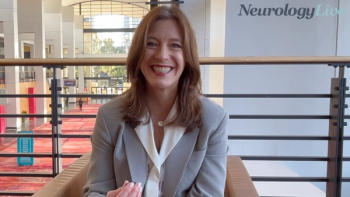
The pediatrician-in-chief at Johns Hopkins Children’s Center shared her reaction to receiving this year’s Bernard Sachs Award in recognition of her contributions to child neurology. [WATCH TIME: 5 minutes]

A case series reveals safe use of vamorolone and prednisolone during microdystrophin gene therapy for Duchenne muscular dystrophy in two boys.
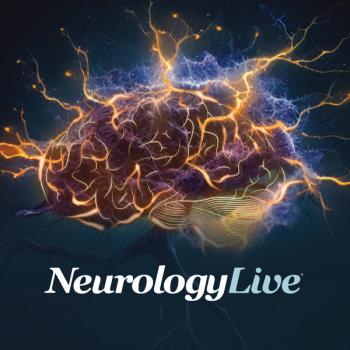
A recent study reveals the significant economic burden of Angelman syndrome, highlighting rising healthcare costs and ongoing therapeutic developments.
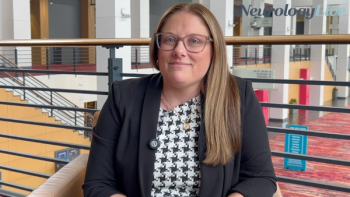
At CNS 2025, the executive director at the Child Neurology Foundation presented on the importance of collaboration among clinicians and advocacy groups to connect families with care support services. [WATCH TIME: 4 minutes]

A post hoc analysis of the phase 3 EPIDYS trial presented at CNS 2025 revealed that givinostat delayed disease progression in 2 distinct age groups of patients with Duchenne muscular dystrophy.

A recent analysis highlights the link between vastus lateralis fat fraction and treatment outcomes in Duchenne muscular dystrophy patients using givinostat.
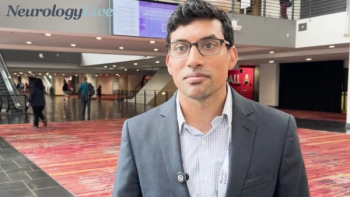
Joseph Vithayathil, MD, discusses being awarded the Elterman Research Grant at the 2025 CNS Annual Meeting in Charlotte, North Carolina.

The BeeLine trial is a placebo-controlled study designed to evaluate radiprodil’s impact on both seizure frequency and non-seizure symptoms associated with GRIN-NDD.

Analysis of long-term safety of intranasal diazepam shows favorable results in children and adolescents with cluster or acute, repetitive seizures.

Study results show that deflazacort tops prednisone across multiple checkpoints in patients with Duchenne muscular dystrophy.

Epilepsy-specific TRAQ questionnaire shows high validity in pediatric epilepsy patients transitioning to adult epilepsy care.

Data presented at the Child Neurology Society Annual Meeting suggest that the safety and efficacy of cannabidiol (Epidiolex; GW Pharmaceuticals) is maintained through 72 weeks of treatment for patients with LGS.

The drug recently gained FDA approval for treatment of lower limb spasticity in pediatric patients without cerebral palsy, in which it is associated with improved functional outcomes.

A pooled analysis of 2 phase 3 trials of fenfluramine demonstrate the clinical potential of the drug for patients with Dravet syndrome.

The professor and head of the Department of Neurology and Rehabilitation at the University of Illinois at Chicago spoke about how data can better inform epilepsy care.